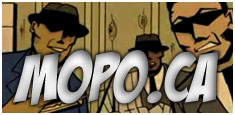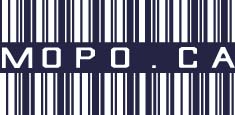Human rights lawyers often refer to it as “the other Guantanamo,” “Guantanamo’s evil twin” or “Obama’s Gitmo” — an attempt to raise the profile of the U.S. detention facility in Afghanistan that few know about.
It’s official name is the Bagram Theater Internment Facility. And even though it was recently rebuilt and renamed the Detention Facility in Parwan, after the province, most continue to refer to it simply as Bagram.
Run by American troops, the prison is located on the Bagram Air Base, about 80 kilometres north of Kabul, in a cavernous aircraft hangar built in the 1980s following the Soviet invasion of Afghanistan.

Read more…
Every year, several fortunate elephants are selected to leave the life of poverty on the streets compete in the King’s Polo cup, where they are treated to a life of luxury alongside celebrities and royalty.
John Roberts, the official referee of the King’s Cup, described the process of bringing these marginalized animals to this event. “We contact a friend of ours in Surin, and we ask him to select the 24 healthiest street elephants. Begging out on the streets is an uncomfortable way of life. We offer them two weeks to come live with us in return for playing polo twice a day, for max 28 minutes a day.”

Read more…
The U.S. Constitution specifically gives Congress the power to coin money, and an 1884 Supreme Court decision makes it clear that this power also applies to paper currency (in that case, backed by gold.) And with rare exception, money printed for use in one state is valid for use in the other states and American territories. One exception: the bills pictured, below.

Pay attention to the sides of the front of the bill — you will see the word “HAWAII” printed, vertically, on either side, next to the seals. The obverse is more clear, with the word “HAWAII” printed over the picture of the Lincoln Memorial and spilling into the sides. What’s going on here?
On December 7, 1941, Japan bombed Pearl Harbor, Hawaii, bringing the U.S. into World War II in the process. Hawaii (not yet a state) was isolated both geographically and politically and — given the losses at Pearl Harbor especially — was the most likely widely-inhabited American candidate for a successful Japanese occupation. Any successful occupation would also allow the invading Japanese to seize, potentially, hundreds of millions of dollars in currency from Hawaiian financial institutions. With federal spending still in the tens of billions, such an outcome would have been significantly harmful to the American economy. The HAWAII-emblazoned bills were the solution.
Read more…







